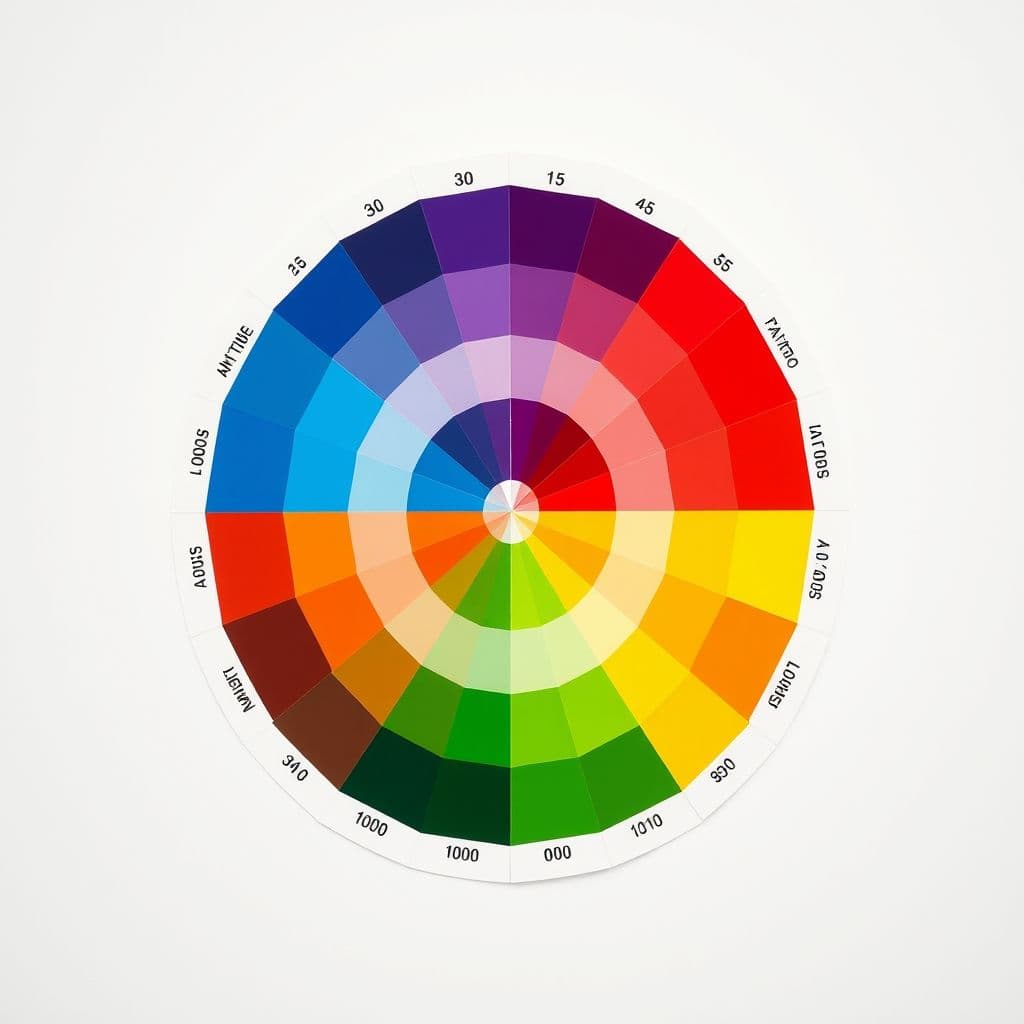Master Graphic & Digital Design: A Step-by-Step Guide to Becoming a Pro

Graphic and digital design is a dynamic field that blends creativity with technology. Whether you're a beginner or looking to refine your skills, mastering the fundamentals and advanced techniques can open doors to countless opportunities. This guide will walk you through the essential steps, from understanding color theory to creating immersive AR/VR experiences. Let's dive in! View original learning path
Step 1: Fundamental Concepts
Before diving into software, it's crucial to grasp the foundational concepts of design. Color Theory helps you understand how colors interact and evoke emotions. Typography is the art of arranging type to make text readable and visually appealing. Composition involves organizing visual elements to create harmony. Grid Systems provide structure, while Visual Hierarchy ensures the most important elements stand out. For example, using a bold font for headlines and a lighter one for body text creates clear hierarchy.

Step 2: Software Proficiency
Mastering design software is essential. Adobe Photoshop is perfect for photo editing and digital painting. Adobe Illustrator excels in vector graphics, ideal for logos and illustrations. Adobe InDesign is the go-to for layout design, such as magazines and brochures. Sketch and Figma are powerful tools for UI/UX design, offering collaborative features. Start with one tool, like Photoshop, and gradually explore others as you grow.
Step 3: Design Principles
Great design follows key principles. Balance ensures visual stability, whether symmetrical or asymmetrical. Contrast highlights differences, making elements pop. Emphasis draws attention to focal points. Unity creates cohesion, while Proportion ensures elements relate well in size. For instance, a poster with balanced contrast and emphasis will instantly grab attention while remaining harmonious.
Step 4: User Experience (UX) Design
UX design focuses on the user's journey. User Research helps understand needs and pain points. Wireframing sketches the layout, while Prototyping brings it to life for testing. Usability Testing identifies improvements, and Information Architecture organizes content logically. A well-designed app, for example, starts with thorough research and ends with seamless navigation.

Step 5: User Interface (UI) Design
UI design is about aesthetics and interactivity. Visual Design focuses on look and feel, while Interaction Design ensures intuitive user actions. Responsive Design adapts to different screens. Iconography uses symbols for clarity, and Microinteractions add subtle feedback, like a button changing color when clicked. A well-designed UI makes the user's experience smooth and enjoyable.
Step 6: Advanced Techniques
Push your skills further with advanced techniques. Motion Graphics bring static designs to life with animation. 3D Modeling creates depth and realism. Data Visualization turns complex data into engaging graphics. Augmented Reality (AR) and Virtual Reality (VR) offer immersive experiences. For example, AR can overlay digital information on the real world, enhancing user interaction.
Conclusion
Graphic and digital design is a journey of continuous learning and creativity. By mastering these steps—from fundamentals to advanced techniques—you'll be well-equipped to create stunning, user-centered designs. Remember, practice and experimentation are key to growth.
Frequently Asked Questions
- How long does it take to master graphic and digital design?
- Mastery depends on practice and dedication. Beginners can grasp basics in a few months, but becoming proficient may take years of consistent learning and real-world projects.
- What are common mistakes beginners make?
- Beginners often overlook fundamentals like typography and color theory, or rely too heavily on trends. Focus on core principles first, then experiment creatively.
- Which software should I learn first?
- Start with Adobe Photoshop or Illustrator for graphic design, or Figma for UI/UX. Choose based on your interests—photo editing, vector graphics, or digital interfaces.





